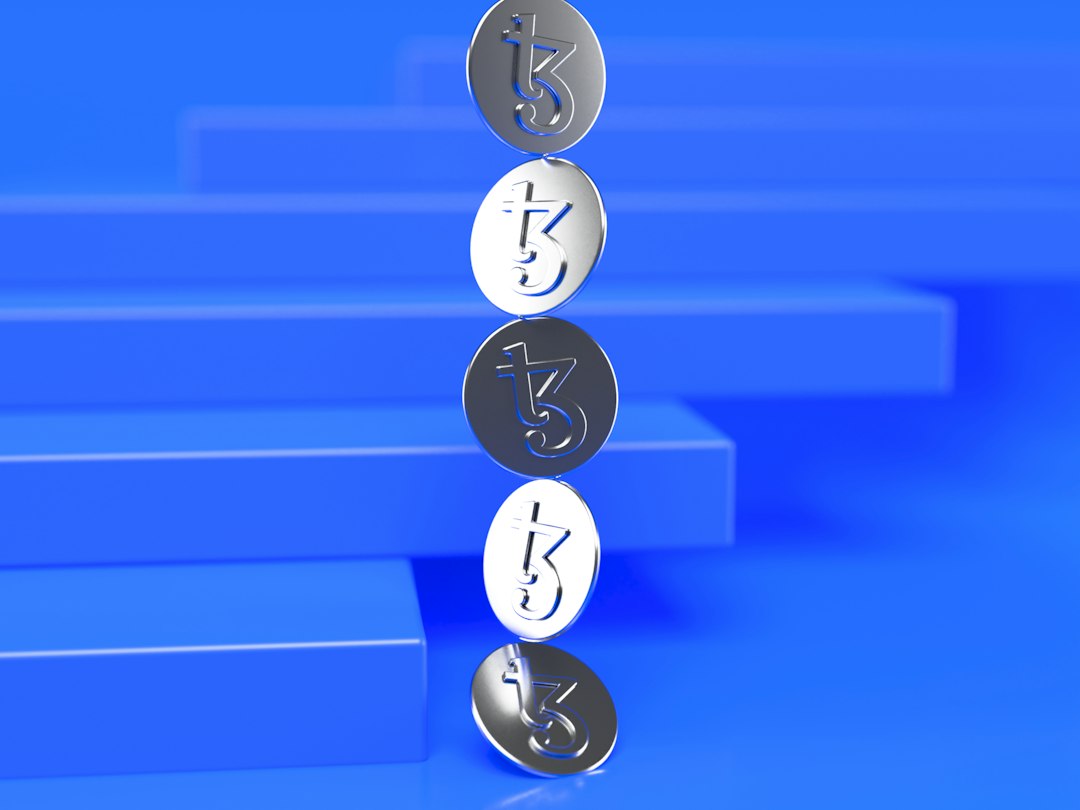The Governance Model of EOS Coin: How Does It Differ from Other Cryptocurrencies?
Are you curious about the governance model of EOS Coin and how it sets itself apart from other cryptocurrencies? If so, you’re in the right place. In this article, we will explore the unique characteristics of EOS Coin’s governance structure, shedding light on what makes it stand out in the crypto world. So, let’s dive in!
EOS Coin is known for its innovative approach to governance. Unlike traditional cryptocurrencies that rely on a decentralized network of miners to validate transactions and maintain the blockchain, EOS Coin operates on a delegated proof-of-stake (DPoS) consensus mechanism. This means that instead of miners, a selected group of 21 block producers, chosen by token holders, are responsible for validating transactions and securing the network.
This governance model offers several advantages. Firstly, DPoS eliminates the need for resource-intensive mining, making EOS Coin more energy-efficient than its counterparts. With a smaller group of block producers, transactions can be processed quickly and at a lower cost. This scalability makes EOS Coin a more viable option for real-world applications that require fast and cost-effective transactions.
Another noteworthy feature of EOS Coin’s governance model is its emphasis on community participation. Token holders have the power to elect block producers, giving them a voice in the decision-making process. This democratic approach ensures that the network’s interests align with those of its users. Moreover, EOS Coin holders can also propose changes and improvements through on-chain voting, directly influencing the evolution of the platform.
EOS Coin’s governance model prioritizes transparency as well. The block producers’ activities, such as validating transactions and maintaining the blockchain, are publicly visible. This transparency fosters trust within the community, as anyone can monitor the actions of the block producers. Additionally, EOS Coin has a built-in dispute resolution system that allows users to address concerns and resolve conflicts in a fair and transparent manner.
Compared to other cryptocurrencies, EOS Coin’s governance model offers a more efficient, participatory, and transparent ecosystem. While some may argue that having a smaller set of block producers compromises the decentralization aspect, many believe that the benefits outweigh the risks. By striking a balance between efficiency and user participation, EOS Coin aims to become a practical solution for decentralized applications and mainstream adoption.
FAQs:
Q: How are block producers elected on EOS Coin?
A: Block producers on EOS Coin are elected by token holders through a voting process. Each holder can vote for up to 30 candidates, and the top 21 candidates with the most votes become the block producers.
Q: How does EOS Coin ensure fairness in dispute resolution?
A: EOS Coin has a built-in arbitration process that allows users to raise disputes and have them resolved by an independent arbitration body. This ensures fairness and transparency in conflict resolution.
Q: What advantages does EOS Coin’s governance model offer for real-world applications?
A: EOS Coin’s delegated proof-of-stake consensus mechanism allows for fast and cost-effective transactions, making it suitable for real-world applications that require scalability and efficiency.
Q: Can EOS Coin’s governance model be changed?
A: Yes, EOS Coin’s governance model can be amended through on-chain voting. Token holders have the power to propose and vote on changes to the network’s rules and protocols.
In conclusion, EOS Coin’s governance model sets it apart from other cryptocurrencies by prioritizing efficiency, community participation, and transparency. It offers a unique approach to decentralized consensus that aims to strike a balance between scalability and user influence. With its innovative features, EOS Coin is carving a path towards mainstream adoption and revolutionizing the future of cryptocurrencies.





 By
By
 By
By
 By
By
 By
By
 By
By
 By
By